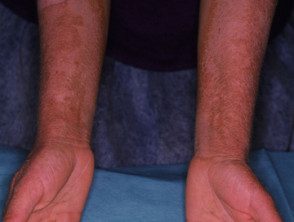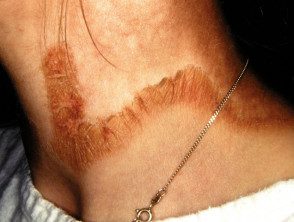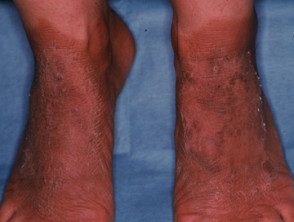What is pellagra?
Pellagra is a disease characterized by diarrhoea, dermatitis and dementia. If left untreated, death is the usual result. It occurs as a result of niacin (vitamin B-3) deficiency. Niacin is required for most cellular processes. Since tryptophan in the diet can be converted to niacin in the body, both must be deficient for pellagra to develop.
What causes pellagra?
Pellagra is caused by a deficiency of niacin. This can happen in 2 ways:
- Primary Pellagra is the result of inadequate niacin and/or tryptophan in the diet (primarily in developing countries or poverty-stricken areas)
- Secondary pellagra occurs when there is enough niacin in the diet, but something prevents its absorption and processing. Causes of secondary pellagra include:
- Chronic alcoholism
- prolonged diarrhea
- Gastrointestinal diseases such as ulcerative. colitis
- Liver cirrhosis
- carcinoid tumors
- Hartnup disease (tryptophan metabolism disorder)
- drugs e.g. isoniazid, azathioprine
What are the signs and symptoms of pellagra?
The classic triad of symptoms are diarrhoea, dermatitis and dementia.
Pellagra in a patient with Hartnup disease



| Site | Clinical features |
|---|---|
| Skin |
|
| Gastrointestinal |
|
| Neurological |
|
What treatment is available?
Pellagra can be effectively cured with intravenous or oral niacin or nicotinamide. Adequate doses to treat secondary pellagra are quite hard to come by in New Zealand!
An improvement in primary pellagra should be seen within two days of starting treatment. A high-protein diet supplemented with B vitamins is needed for full recovery. Secondary pellagra may be more difficult to treat in view of its possible causes.
Skin lesions can be treated with current emollients. Sun protection is important during the recovery phase. Cover up and apply a broad-spectrum sunscreen daily to all exposed areas.
